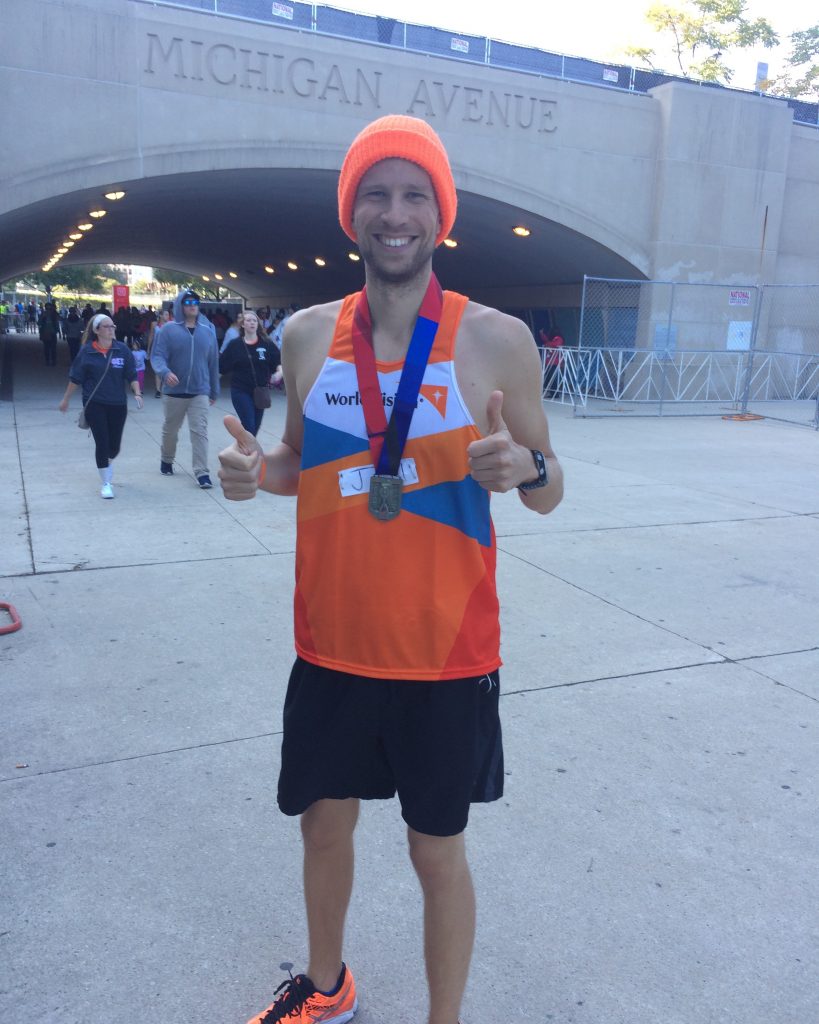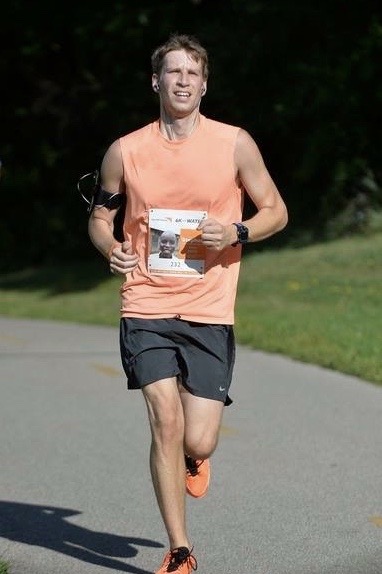With only 17 hours of training and 92 miles logged I crossed the finish line at the 2016 Chicago Marathon, limped my way the few miles to the charity village and the cold pizza that awaited me, and provided over 75 children with clean water for life.
What if I told you that the day after the Marathon (even after eating cold pizza and Chipotle) I felt completely normal with the same amount of muscle tenderness and exhaustion as after a 3-mile run, even after sitting in the car for the 19-hour ride home?
“I won’t spend much time outlining how I trained because my point is to focus on the low hanging fruit of mentality and purpose, nutrition and hydration, and recovery.“
There were four areas I focused on to pull this off: recovery, nutrition & hydration, mentality & purpose, and the area I spent the least time on— training.
Recovery
I was devoted to recovery. I spent more time working on the below than I actually practiced my running.
- Sleep… At the time I was sleeping from 1AM/2AM-11AM every day. I have a different rhythm now that I don’t work night shifts, but I was getting at least nine solid hours of sleep per night in a dark, quiet room (I used black out shades) every single night.
- Foam rolling… I foam rolled every day. Hitting all the muscles in my legs for at least 15-20 minutes. I foam rolled after getting back from my training runs, and also on my recovery days while sitting in front of the TV.
- Stretching… I also spent a lot of time stretching. I would do dynamic stretching prior to a run and do foundation training to wakeup all my supporting muscles. I then would do static stretches once my body cooled down a bit while sitting down to foam roll after longer runs.
- Fascia stretch therapy… Once a week I would go visit my friend Chris whom is a certified FST trainer. He helped to keep me injury free and if something was starting to act up he could usually get it fixed in one 30-minute session. One time while I was running (at night) I tripped on an uneven sidewalk and almost hit the ground. I quickly caught myself, but my leg was not feeling great after this and had seized up to protect itself. It was difficult to put any weight on it. 30 minutes with Chris and it was fixed and back to normal.
- Sunshine… Since I worked at night I could be outside every morning in the direct sun. I would wakeup and get a big glass of water and go outside barefoot to soak up at least 15-30 minutes. Although my sleeping schedule was not ideal, getting this sunshine first thing in the morning started each day off right.
- Grounding (I didn’t know the benefits at the time)… But I spent a lot of time outdoors in the grass barefoot.
- Epsom salt baths… After longer runs I would fill a bath full of hot water and epsom salt. It always made me sleep like a baby and helped to relieve tight muscles.
Nutrition & Hydration
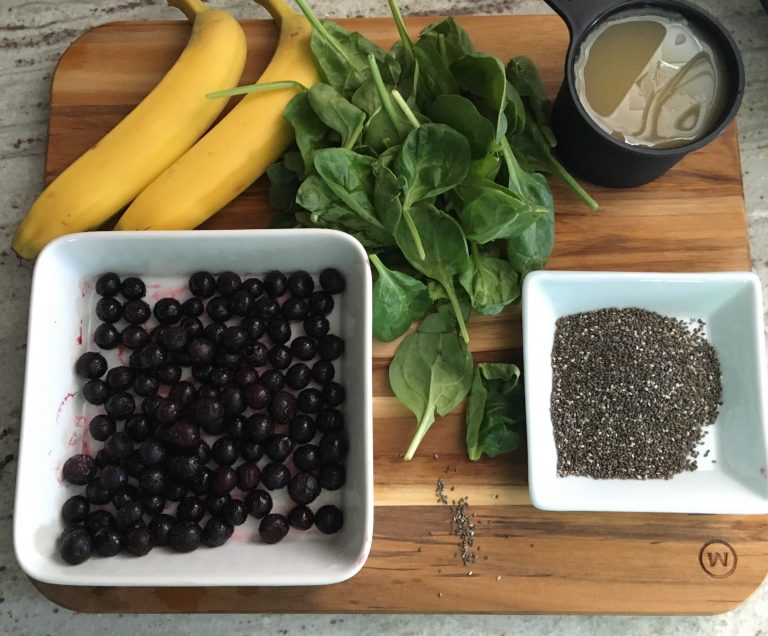
My diet was mostly vegetables, fruits, greek yogurt, whole grains, nuts & seeds, and pastured eggs. Almost nothing commercially processed. No artificial colors, sweeteners, no added sugar, no vegetable oils, almost nothing that came in a bag. Everything was just raw solid, nutrition-packed ingredients and cooked with the best natural oils such as butter and olive oil. My friend and nutritionist Lisa McDowell helped me to get rid of all of the bad and leave only the good. These were the staples of my diet:
- Tart cherry juice… This was one of my recovery secret weapons! I bought King Orchard’s tart cherry juice from Traverse City, Michigan and would drink this stuff during all training and racing periods.
- Peanut butter
- Honey (always local)
- Oatmeal
- Olive oil
- Avocado
- Flax seed and chia seeds
- Pastured eggs
- Fruit smoothies
- Spinach… I went through at least one 1lb. case of spinach per week.
- Water… Lots and lots of water. I would take 1L of water with lemons and have that before lunch every day, and I was constantly sipping on water. I paid close attention to the color of my urine and made sure that I was fully hydrated.
- Nuun tablets… After a brutal run where I lost a lot of water weight I would add a Nuun table to my water to help replenish my electrolytes.
- Blueberries and strawberries… I had one cup of blueberries every single day.
- Beet juice… I always drank BeetBoost before a long run and felt the opening of my blood vessels and this helped me to get moving.
- Mixed nuts (pecans, pistachios, walnuts, almonds)… I went to Costco and bought all the different nuts that they had and made a big container of mixed nuts. I ate at least three ounces of this mix each day.
- Brazil nut… I had one per day!
- Beans… Garbanzo, black, kidney, white, pinto, lentil, and more. I ate a lot of beans. (Don’t worry about increased flatulence from bean consumption.)
- Whole grain breads
- Green tea, white tea, black tea, I didn’t drink coffee yet at this time, but I wish I had!
- Dark chocolate… One ounce a day, I always wanted more though!
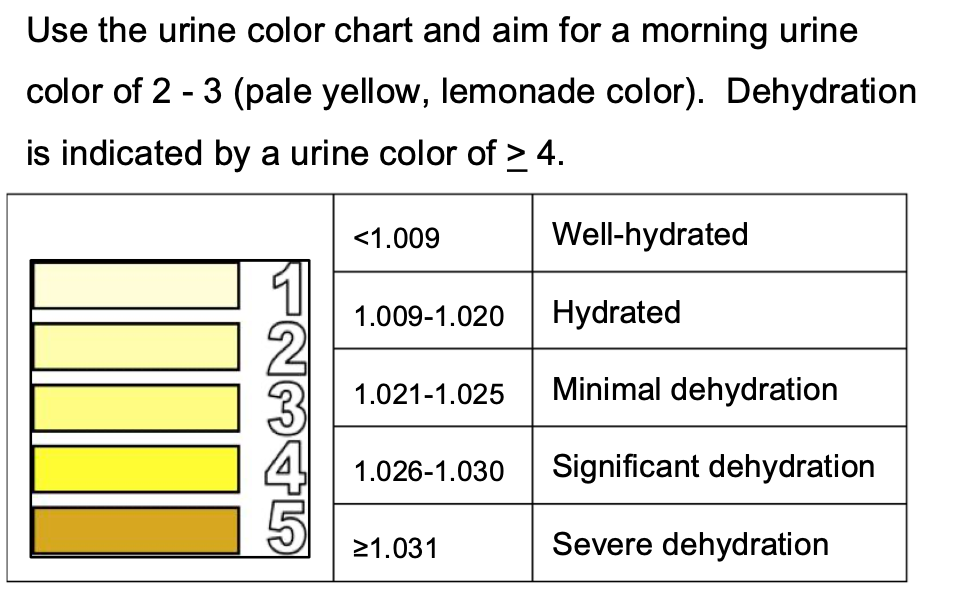
Mentality and Purpose
Prior to running the Chicago Marathon in 2017, the longest I had ever ran in my life was 13.1 miles during the Detroit International Half-Marathon in 2016… What made me confident I could double that in Chicago without training more than I trained for the half-marathon and when I hit 13.1 miles in Chicago was I nervous because every step I took was the longest I’ve ever gone at one time?
My answers: I was strong mentally, had purpose, and yes.
Why are you doing this run? It is important to be able to answer this question. If this marathon was just for my own pursuits I would have dropped out. I had already moved across the country and going to Chicago for the race was going to be an expense of money and time. If I didn’t have a good reason to run this race I would have dropped out halfway through too. But I had a fantastic reason to run this race. I had committed to complete the race for Team World Vision and raised $3,880.00 from my friends and family.
I can do this… I repeated this to myself over and over and over again during the race. It became my mantra during mile 20-24. I had an orange World Vision bracelet on my wrist to remind me of the 75 children I was running for. For each $50 that I raised World Vision provided clean, sustainable water for one child. There was a lot riding on this race.
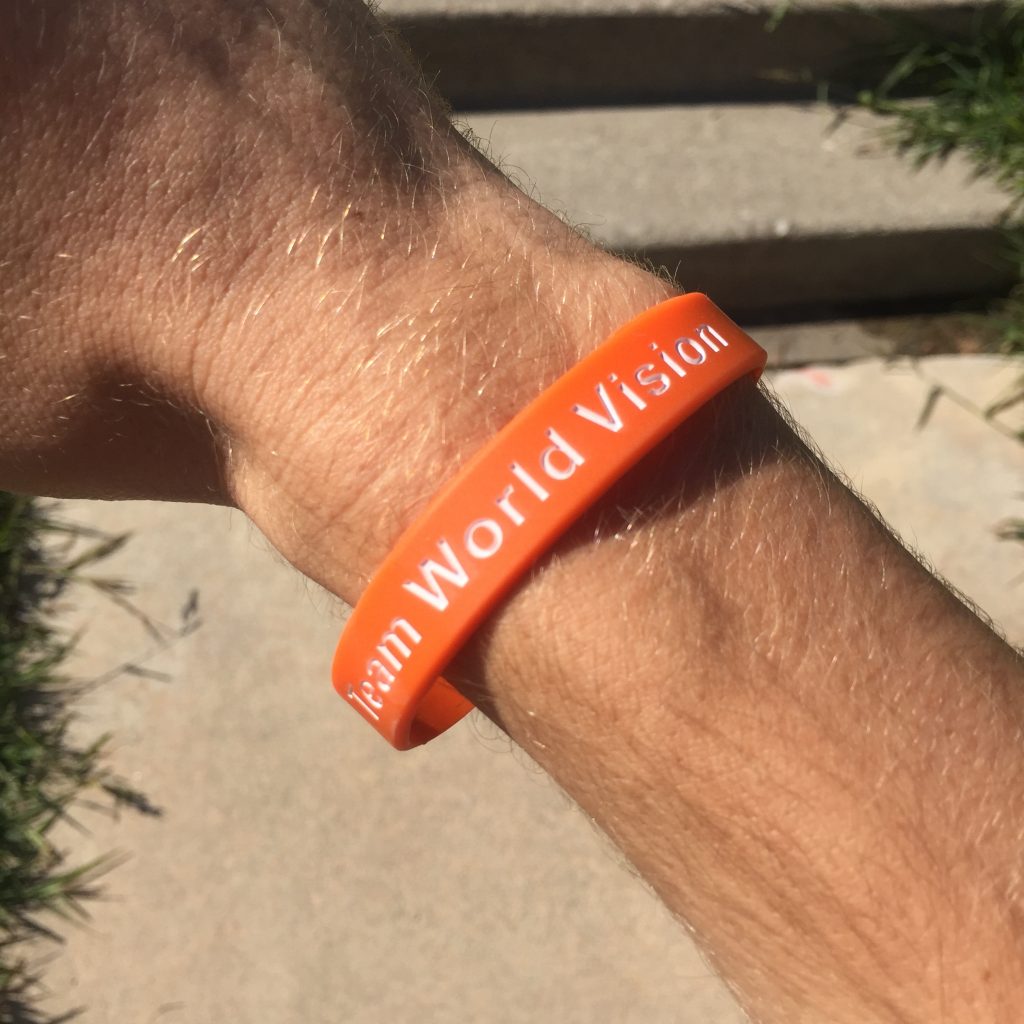
Cold shower… I took a lot of cold showers while training. The act of turning the water from warm to cold never got easy, but it was always a challenge. The mental toughness needed to run a marathon required me to be able to always say yes to the challenge.
Have you done something harder than a marathon? If you have just remember that the race won’t be harder than that. You can repeat to yourself, “I’ve done this before.” And really push to get through it. The mind wants to give you excuses to quit, and these are easy to listen to if you haven’t practiced being strong.
“Yeah I am not really training much… I know I can do the race, so why bother?”
Get to the point where you can confidently say, I know I can do this race, and then you probably can. I remember having a conversation with one of my co-workers that was asking about my training progress. I had said, “Yeah I am not really training much… I know I can do the race, so why bother?” It really wasn’t meant to be arrogant. It was just that I was so sure I could do it that I wasn’t worried at all. I think that you should train however much you need to for you to get to this point mentally. Where you can confidently not be worried about finishing the race.
I was sure I could complete the race until I got to the starting line and was worried I didn’t put enough work in. And when I made it to mile 13.1 and realized I had never ran further than this before and I was about to do 13.1 more. And finally, when I hit mile 20, the notorious “wall” everyone talked about that I had not prepared for, never witnessed before and was scared to death of. But it was fine… I made it past mile 13.1, I made it to mile 20, and I didn’t hit a wall, I made it to the finish.

Training
How does anyone have time to train four or five times a week for 30 minutes to 4 hours per training session? The standard marathon-training plan we were to follow recommended over the course of 18 weeks consisted of 376 miles that will equal 75 days of runs on the pavement or treadmill. Even if you have the time available to run this frequently, are you able to spend time recovering, on nutrition & hydration, becoming clear on your purpose, and improving your mental game? I argue that you can’t find the time for all of this if you are training this often, have full-time job, and a social life, and that physical training is the least important aspect, but oftentimes the most focused on, of running a marathon.
I won’t spend much time outlining how I trained because my point is to focus on the low hanging fruit of mentality and purpose, nutrition and hydration, and recovery. But when I did train here is what I did:
- Long and slow… Far distance run, but at a easy to complete pace. I used this to build endurance. I would run very slow, oftentimes 10 minutes per mile or 12 minutes per mile and focus on my breathing, my footwork, my posture, getting into a groove where I felt comfortable, my surroundings, and on building mental strength.
- Fast and short… I did a lot of TABATA jumping jack sessions, HIIT runs on a track (1 lap run as fast as I can, 1 lap walk, and the repeat upwards of five or more times.), and all out 10-15 minute sprints as hard and fast as I could. These trainings were brutal and awful and oftentimes not very fun, but they helped keep me conditioned with very little time invested.
- Walking everyday… At the time I worked 10 hour days on my feet. So I logged a lot of movement miles just by the nature of my work. You can replicate this even if you don’t work on your feet by a standing desk, taking breaks a couple times a hour to get some steps or to swing or squat with a kettlebell, or whatever else you want to do to get moving. If your only movement is before or after work for a hour on a treadmill or the pavement, you are going to have a very hard time.
- Foundation training… I did Dr. Goodman’s Foundation Training program a few days a week. I felt like this helped to strengthen oft-used muscles and keep my running posture tight.
